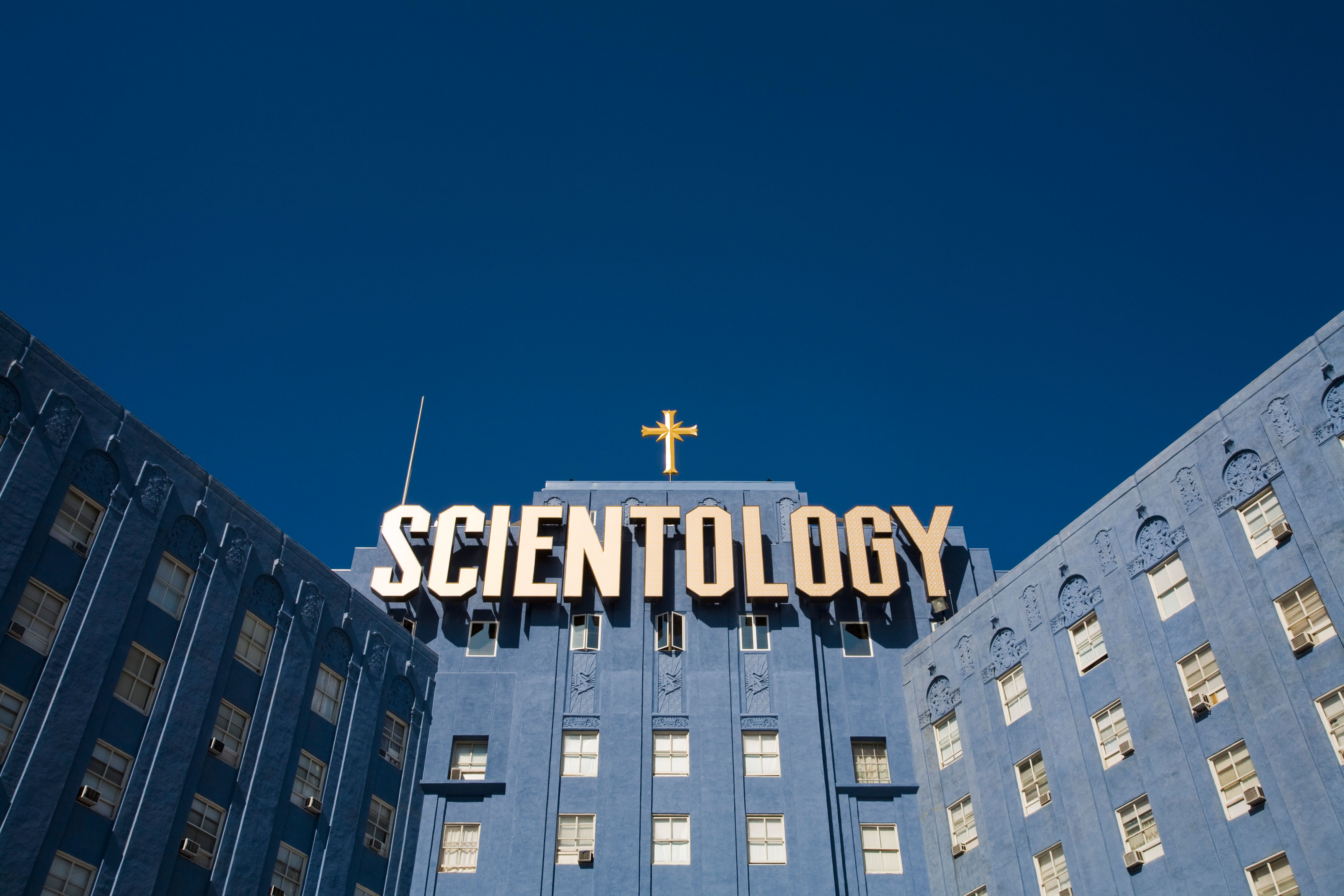Journey to Knowledge: The Trainings of the Church of Scientology
Wiki Article
Discovering the Background and Practices of Scientology
The world of Scientology is a complex and fascinating one, often shrouded in secret and conflict. With its origins rooted in the mid-20th century, the advancement of this idea system is as interesting as it is enigmatic. From the enigmatic figure of L. Ron Hubbard to the core tenets and methods that create the structure of Scientology, there is much to reveal and understand. In addition, the controversies that have bordered Scientology just include layers to the narrative, triggering additional expedition into its modern symptoms.Beginnings of Scientology
The genesis of Scientology can be mapped back to the mid-20th century when L. Ron Hubbard established and introduced this belief system to the globe. Hubbard, a prolific sci-fi writer, established Scientology in the very early 1950s, originally offering it as a type of self-help treatment called Dianetics. Gradually, Dianetics evolved right into Scientology, integrating spiritual components and an intricate cosmology.Hubbard's teachings attracted from various sources, including Eastern approaches, Western psychology, and his own experiences. Central to Scientology is the idea of the thetan, a never-ceasing spiritual existing in all individuals - Scientology. According to Hubbard, thetans are burdened by past traumas, called engrams, which hinder individual growth and spiritual recognition
The growth of Scientology ran the gauntlet and debate, with some labeling it as a cult due to its deceptive practices and high financial demands on participants. Despite these difficulties, Scientology has actually expanded right into a global activity with a significant presence in different nations, attracting fans who look for spiritual enlightenment and personal development through its mentors.
Founder and Very Early Influences

Hubbard's experiences in the Navy throughout The second world war also played a considerable duty fit his sights on management and organization, which later on influenced the structure of Scientology as a spiritual movement - What is Scientology. In addition, Hubbard's encounters with diverse cultures and idea systems during his travels around the globe supplied him with a wide viewpoint that he included into the trainings of Scientology
Core Beliefs and Practices
Drawing from L. Ron Hubbard's eclectic background and experiences, the core ideas and practices of Scientology are deeply rooted in a fusion of diverse philosophies and personal insights. Central to Scientology is the idea that people are never-ceasing souls called thetans, that have neglected their true nature. With the method of auditing, which involves a type of counseling, people intend to clear themselves of previous injuries and unfavorable experiences that impede their spiritual development. The best goal of Scientology is to attain a state of spiritual enlightenment and individual gratification referred to as "Clear."Scientologists Johannesburg North likewise follow the idea of the "Bridge to Overall Freedom," a progression of spiritual levels and courses designed to direct individuals towards a higher understanding of themselves and their area in deep space - Scientology. The church stresses the value of self-improvement, moral living, and helping others as vital components of their belief system. On the whole, Scientology motivates its followers to look for self-awareness, spiritual innovation, and a harmonious existence with the world around them

Conflicts Bordering Scientology
In the middle of its worldwide existence and specialized followers, Scientology has been the subject of various debates that have actually stimulated intense public analysis and argument. Previous participants have come forward with accounts of economic exploitation, required labor, and emotional control within Scientology facilities.
Contemporary Scientology Motions
Taking into account the recurring controversies surrounding Scientology, an evaluation of the modern-day activities within the organization exposes progressing practices and strategies. Modern-day Scientology movements have actually adjusted to the digital age by utilizing online platforms for recruitment, outreach, and dissemination of their beliefs. The Church of Scientology has significantly focused on broadening its global reach with social networks projects, on-line programs, and online events to bring in brand-new fans and involve with the general public.Additionally, contemporary Scientology activities have actually placed a solid focus on area outreach and social programs to boost their public image and demonstrate their payments to society. Efforts such as medicine rehab programs, proficiency campaigns, and calamity feedback initiatives aim to display the positive influence Scientology can have on individuals and areas.
Despite these initiatives, modern-day Scientology motions remain to face objection and analysis from former members, media electrical outlets, and government authorities. The company's action to these difficulties will likely form the future trajectory of Scientology and its location in the modern-day world.
Conclusion
To conclude, Scientology has a complex history rooted in the trainings of L. Ron Hubbard and affected by different philosophical and spiritual ideas. Despite disputes surrounding its techniques and organization, Scientology remains to be a noticeable spiritual motion with fans all over the world. Its emphasis on self-improvement and spiritual knowledge stays main to its trainings, forming the ideas and methods of its participants.Report this wiki page